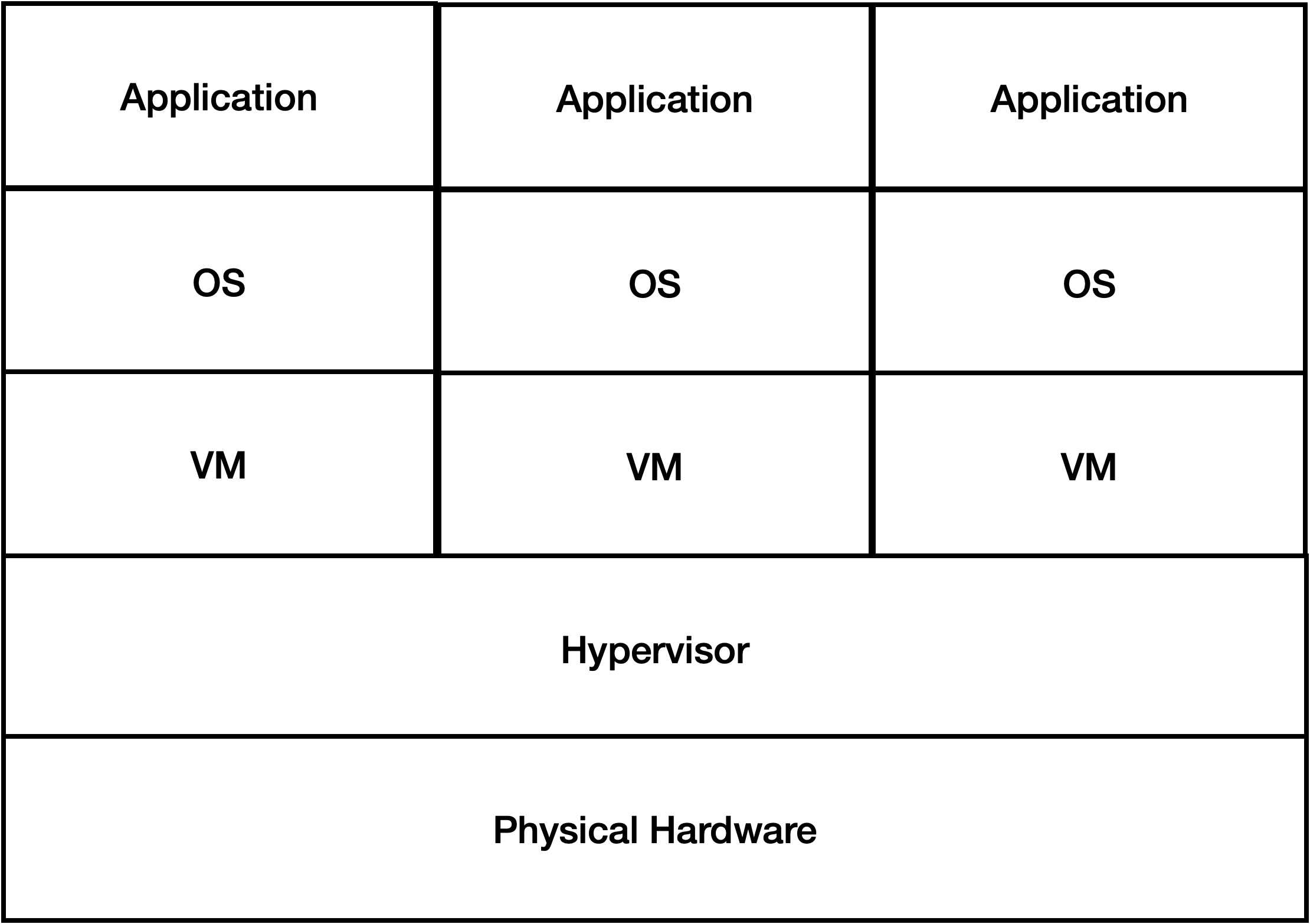World Updates | Update information about politics and social around the world
Canada-USA JVM: Exploring Cross-Border Java Virtual Machine Collaboration
Through extensive analysis and information gathering, we have meticulously crafted this comprehensive guide to empower our target audience with the knowledge and insights necessary to navigate this innovative collaboration effectively.
Key Differences:
| Feature | Canada-USA JVM |
|---|---|
| Objective | Foster cross-border collaboration in Java Virtual Machine (JVM) technology |
| Benefits | Enhanced software development efficiency, reduced costs, and improved resource sharing |
| Scope | Includes Canadian and American software developers, researchers, and industry leaders |
Main Article Topics:
FAQ
This FAQ section provides answers to commonly asked questions regarding cross-border Java Virtual Machine (JVM) collaboration between Canada and the United States.

JVM Explained | Java Tutorial Network - Source javatutorial.net
Question 1: What are the benefits of cross-border JVM collaboration?
Cross-border JVM collaboration enables seamless integration of Java applications across political and geographical boundaries. It promotes resource sharing, knowledge exchange, and innovation between Canadian and American developers, leading to enhanced productivity and accelerated development.
Question 2: Are there any legal or regulatory hurdles to cross-border JVM collaboration?
The legal and regulatory landscape governing cross-border data transfer and collaboration is complex. Organizations must adhere to both Canadian and American privacy laws, data protection regulations, and intellectual property rights to ensure compliance and avoid potential legal liabilities.
Question 3: How can organizations establish secure cross-border JVM connections?
Secure cross-border JVM connections require robust network infrastructure, encryption protocols, and authentication mechanisms. Organizations should implement firewalls, virtual private networks (VPNs), and access control lists (ACLs) to protect data and prevent unauthorized access.
Question 4: What are the best practices for managing cross-border JVM deployments?
Effective management of cross-border JVM deployments involves careful planning, coordination, and monitoring. Organizations should establish clear communication channels, define roles and responsibilities, and utilize tools for performance monitoring and troubleshooting to ensure seamless operation.
Question 5: How can cross-border JVM collaboration contribute to economic growth?
Cross-border JVM collaboration fosters innovation, drives productivity, and enhances competitiveness. It enables businesses to leverage a wider talent pool, access new markets, and develop innovative products and services that drive economic growth in both Canada and the United States.
Question 6: What are the future prospects for cross-border JVM collaboration?
The future of cross-border JVM collaboration is bright. As technology advances and connectivity improves, organizations will increasingly leverage cross-border JVMs to achieve greater efficiency, agility, and global reach. Governments and industry leaders must continue to support and facilitate this collaboration to unlock its full potential.
This FAQ section has provided a comprehensive overview of key aspects related to cross-border JVM collaboration. For further inquiries or detailed guidance, please refer to the resources provided in the next section.
Transition to the next article section: Additional resources and insights on cross-border Java Virtual Machine collaboration can be found in the following section.
Tips on Cross-Border Java Virtual Machine Collaboration
Tips derived from Canada-USA JVM: Exploring Cross-Border Java Virtual Machine Collaboration:
Tip 1: Establish a clear communication plan.
Outlining communication channels, frequency, and protocols ensures efficient information exchange among team members dispersed across borders.
Tip 2: Leverage technology for collaboration.
Utilizing cloud-based communication platforms, project management tools, and video conferencing enables seamless collaboration and document sharing.
Tip 3: Foster a culture of inclusivity.
Creating a work environment that respects and values diversity, regardless of nationality or location, promotes team cohesion and fosters innovation.
Tip 4: Address time zone differences.
Scheduling meetings and setting deadlines that accommodate team members' different time zones minimizes disruptions and optimizes productivity.
Tip 5: Build trust and rapport.
Investing time in fostering personal connections and establishing a sense of camaraderie among team members enhances collaboration and promotes a positive work environment.
These tips provide valuable guidance for enabling effective cross-border JVM collaboration, fostering innovation, and achieving project success.
Canada-USA JVM: Exploring Cross-Border Java Virtual Machine Collaboration
The Canada-USA JVM initiative fosters collaboration between Canada and the United States on Java Virtual Machine (JVM) technologies, providing a platform for joint research, development, and deployment of innovative JVM-based solutions.
- Joint Research: Collaborative research projects on JVM optimization, security, and cloud computing.
- Cross-Border Development: Joint development of JVM-based enterprise applications leveraging expertise from both countries.
- Shared Infrastructure: Development of shared JVM infrastructure and services to support cross-border deployments.
- Training and Education: Joint training programs and workshops to enhance JVM skills in both countries.
- Industry Collaboration: Partnerships with industry leaders to drive JVM innovation and adoption.
- Policy Alignment: Coordination of JVM-related policies and regulations to facilitate cross-border collaboration.

Calling ObjectiveC code from the Java Virtual Machine - Source ulrik.is
These aspects work synergistically to accelerate JVM advancements, enhance cross-border collaboration, and drive economic growth in both Canada and the United States.

Java Virtual Machine | PPT - Source www.slideshare.net
Canada-USA JVM: Exploring Cross-Border Java Virtual Machine Collaboration
The "Canada-USA JVM: Exploring Cross-Border Java Virtual Machine Collaboration" study delves into the collaborative efforts between Canada and the United States in developing and deploying Java Virtual Machine (JVM) technologies across borders. This collaboration has been instrumental in fostering innovation, enhancing cross-border communication, and driving economic growth. The JVM, a core component of the Java programming language, provides a platform-independent runtime environment, enabling software applications to run seamlessly on diverse operating systems and hardware architectures.

JVM Tutorial Java Virtual Machine Architecture Explained, 53% OFF - Source gbu-presnenskij.ru
The cross-border collaboration between Canada and the USA has played a pivotal role in advancing JVM technologies. For instance, Canadian researchers have made significant contributions to the development of open-source JVM implementations, such as OpenJDK and GraalVM, while American companies have led the way in commercial JVM products and cloud-based services. This collaborative approach has fostered knowledge sharing, resource pooling, and joint problem-solving, resulting in a more robust and feature-rich JVM ecosystem.
The practical significance of this collaboration extends far beyond technological advancements. The JVM has become a cornerstone of modern enterprise computing, powering mission-critical applications in various industries, including finance, healthcare, and e-commerce. By facilitating seamless cross-border deployment of JVM-based software, the Canada-USA collaboration has enabled businesses to scale globally, streamline operations, and enhance customer experience.
Table: Key Insights from "Canada-USA JVM: Exploring Cross-Border Java Virtual Machine Collaboration"
| Canada | USA | Collaborative Outcomes | |
|---|---|---|---|
| Research and Development | OpenJDK contributions | Commercial JVM products | Enhanced JVM performance and scalability |
| Cloud Services | Research on cloud-native JVMs | Cloud-based JVM platforms | Reduced deployment time and improved application resilience |
| Education and Training | JVM-focused academic programs | Industry-led certification courses | Skilled workforce for JVM development and deployment |
Conclusion
The "Canada-USA JVM: Exploring Cross-Border Java Virtual Machine Collaboration" study underscores the transformative impact of cross-border collaboration in driving innovation and economic prosperity. By fostering knowledge sharing, leveraging complementary strengths, and tackling shared challenges, Canada and the USA have emerged as global leaders in JVM technologies.
As technology continues to evolve, the importance of cross-border collaboration in areas such as software development, AI, and cloud computing will only increase. The success of the Canada-USA JVM collaboration serves as a model for future initiatives that seek to harness the power of collaboration to address complex global challenges.